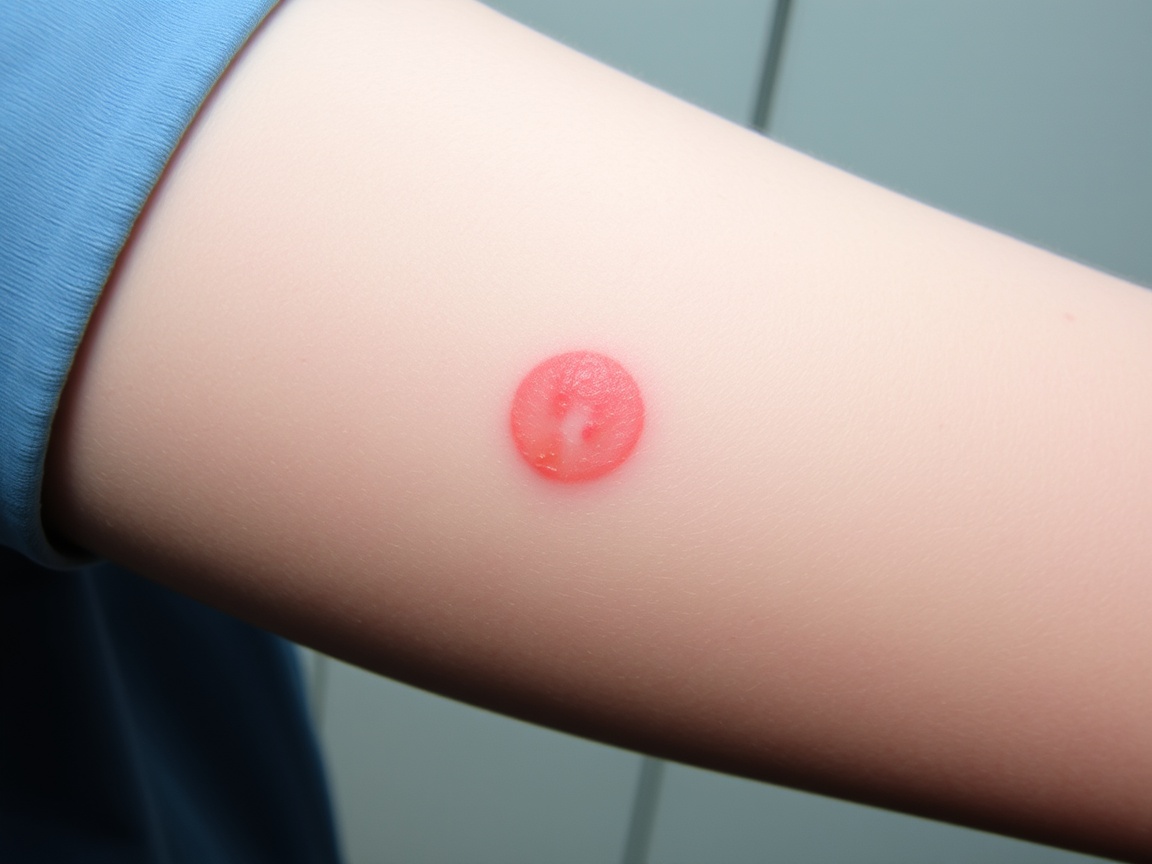Skin Cancer Statistics: Melanoma, American Cancer Society Data
Skin cancer is a prevalent type of cancer, and understanding its statistics, particularly those related to melanoma, is crucial for prevention and early detection. The American Cancer Society provides comprehensive data on cancer statistics, including various types of skin cancer.
Understanding Skin Cancer
What is Skin Cancer?
Skin cancer is a prevalent form of cancer of the skin, with the National Cancer Institute reporting high skin cancer rates in the United States. The two main types are melanoma of the skin and nonmelanoma skin cancer, with malignant melanoma being particularly aggressive.
Statistics show that the incidence of melanoma is rising, especially among those with lighter skin. Many new cases of melanoma are linked to indoor tanning and melanoma, raising concerns about skin cancer prevention. Unfortunately, some patients may find that their cancer has spread, highlighting the importance of early detection.
According to cancer registries, skin cancer cases are among the most commonly diagnosed cancer types. Skin cancer facts indicate that a significant number of individuals die from melanoma each year, making cancer care and skin cancer prevention crucial in reducing mortality.

Types of Skin Cancer
There are several common types of skin cancer, including basal cell carcinoma, squamous cell carcinoma, and melanoma. Basal cell and squamous cell carcinomas are classified as non-melanoma skin cancer, whereas melanoma is a more aggressive form of skin cancer. The American Cancer Society provides cancer facts to differentiate between these skin cancer types.
Key Statistics on Skin Cancer Incidence
Skin cancer statistics show a significant incidence rate of skin cancer in the United States. Basal cell and squamous cell skin cancers are more prevalent, but melanoma accounts for a higher number of skin cancer deaths. The American Cancer Society reports that early detection of all types of skin cancer dramatically improves the chances of successful skin cancer treatment.
Melanoma: A Closer Look

What is Melanoma Skin Cancer?
Melanoma is a serious form of skin cancer, considered the 17th most common cancer globally. It arises from skin cells that produce melanin and can develop from a mole or other skin lesions. The lifetime risk of getting melanoma is significant, with numerous new cancer cases reported each year.
According to united states cancer statistics, cases of skin cancer have been rising, affecting many people. The prevention of skin cancer is crucial, especially as many people develop skin cancer every day. Signs of skin cancer should be monitored closely, as early detection leads to better outcomes.
The skin cancer foundation emphasizes the importance of awareness and education in reducing the global burden of disease cancer. With the burden of disease cancer collaboration, efforts are underway to address the rising incidence of melanoma and other skin cancers, particularly in cancer in women.
As it stands, melanoma accounts for a significant portion of the highest skin cancer rates, making it imperative for individuals to stay informed and vigilant about their skin health.
Melanoma Statistics and Trends
Melanoma statistics reveal trends in cancer incidence and mortality rates. While melanoma cases are less common than basal and squamous cell skin cancers, melanoma is responsible for the majority of skin cancer deaths. The American Cancer Society provides data on the increasing incidence rates of invasive melanoma, highlighting the importance of early detection
Risk Factors for Melanoma
Excessive exposure to ultraviolet radiation, a history of sunburns, fair skin, and a family history of melanoma increase the risk of melanoma. The American Cancer Society outlines these risk factors, noting that people with darker skin tones are less likely to develop melanoma, though they can still develop skin cancer.
Non-Melanoma Skin Cancers

Basal Cell Carcinoma: Overview and Statistics
Basal cell carcinoma is the most common type of skin cancer. It starts in the basal cells, which are found in the lower part of the epidermis. According to the American Cancer Society, basal cell carcinoma typically develops in areas exposed to the sun, such as the head and neck. Basal cell carcinoma is usually slow-growing, and while it rarely spreads to other parts of the body, it can be locally destructive if left untreated. Understanding the key statistics helps in managing this common type of skin cancer.
Squamous Cell Carcinoma: Key Facts
Squamous cell carcinoma is another type of skin cancer that arises from the squamous cells, which make up most of the epidermis. The American Cancer Society provides cancer facts indicating that squamous cell carcinoma is often found on areas of the body exposed to the sun, such as the face, ears, and hands. Squamous cell carcinoma is less common than basal cell carcinoma but has a higher risk of spreading. This type of skin cancer requires careful monitoring and timely skin cancer treatment.
Comparative Statistics for Non-Melanoma Skin Cancers
When comparing basal cell carcinoma and squamous cell carcinoma, cancer statistics show that basal cell carcinoma is more prevalent. However, the risk of metastasis is higher with squamous cell carcinoma. The American Cancer Society notes that early detection and appropriate skin cancer treatment significantly improve outcomes for both types of non-melanoma skin cancer. Understanding these differences is crucial for effective skin cancer management.
Skin Cancer Deaths and Survival Rates
Skin Cancer Mortality Rates
Skin cancer deaths are a critical aspect of cancer statistics that warrant attention. While non-melanoma skin cancers are more common, melanoma accounts for a disproportionately higher number of skin cancer deaths. The American Cancer Society provides data indicating that early detection and treatment have significantly improved survival rates. However, melanoma remains a serious concern, highlighting the importance of prevention and awareness in the context of skin cancer risk.
Survival Rates for Melanoma and Non-Melanoma
Survival rates for melanoma and non-melanoma skin cancer vary significantly. For non-melanoma skin cancer types, such as basal cell carcinoma and squamous cell carcinoma, the survival rates are generally high, especially when detected and treated early. The American Cancer Society reports that survival rates for melanoma are also high when the cancer is caught early, but they decrease significantly if the cancer spreads to other parts of the body. These cancer statistics underscore the need for early detection.
Impact of Early Detection on Survival
Early detection plays a pivotal role in improving survival rates for all skin cancer types. The American Cancer Society emphasizes that when melanoma is detected and treated early, the chances of successful skin cancer treatment are much higher. Regular skin exams and awareness of the risk of developing melanoma are crucial components of early detection strategies. Therefore, promoting awareness can lead to a reduction in skin cancer deaths.
Protecting Your Skin: Prevention and Awareness
Skin Cancer Risk Factors
Understanding skin cancer risk factors is crucial for prevention. Excessive exposure to ultraviolet radiation is a significant risk factor. The American Cancer Society emphasizes that individuals with fair skin, a history of sunburns, or a family history of melanoma are at higher risk of developing melanoma. Protecting your skin from these elements is vital in reducing the risk of developing skin cancer.
Latest Recommendations for Skin Protection
The American Cancer Society recommends seeking shade, wearing protective clothing, and using broad-spectrum sunscreen with an SPF of 30 or higher. By following these recommendations, individuals can significantly lower their risk of skin cancer and reduce the potential for developing melanoma.
Importance of Regular Skin Check-Ups
Regular skin check-ups are essential for early detection of skin cancer. The American Cancer Society advises individuals to perform self-exams regularly and to have regular skin examinations performed by a dermatologist. Early detection of all types of skin cancer greatly improves the chances of successful skin cancer treatment.
Cancer Facts and Figures
Statistics for Basal and Squamous Cell Skin Cancer
Cancer statistics from the American Cancer Society reveal that basal cell carcinoma and squamous cell carcinoma are the most common types of skin cancer. Early detection and appropriate skin cancer treatment significantly improve outcomes for these non-melanoma skin cancer types. Understanding these key statistics is vital
Overall Skin Cancer Statistics from the American Cancer Society
Overall skin cancer statistics from the American Cancer Society show that skin cancer is the most common cancer in the United States. While melanoma accounts for a smaller percentage of cases compared to basal cell and squamous cell skin cancer, it is responsible for the majority of skin cancer deaths. These cancer statistics highlight the importance of prevention, early detection, and timely skin cancer treatment to improve survival rates for all types of skin cancer.
Future Trends in Skin Cancer Incidence
Future trends in skin cancer incidence suggest that cases of melanoma may continue to rise due to factors such as increased exposure to ultraviolet radiation and changing lifestyle habits. The American Cancer Society monitors these trends closely to develop strategies for prevention and early detection. By understanding these future trends, healthcare professionals can better address the growing challenge of skin cancer in the United States and reduce skin cancer deaths.





